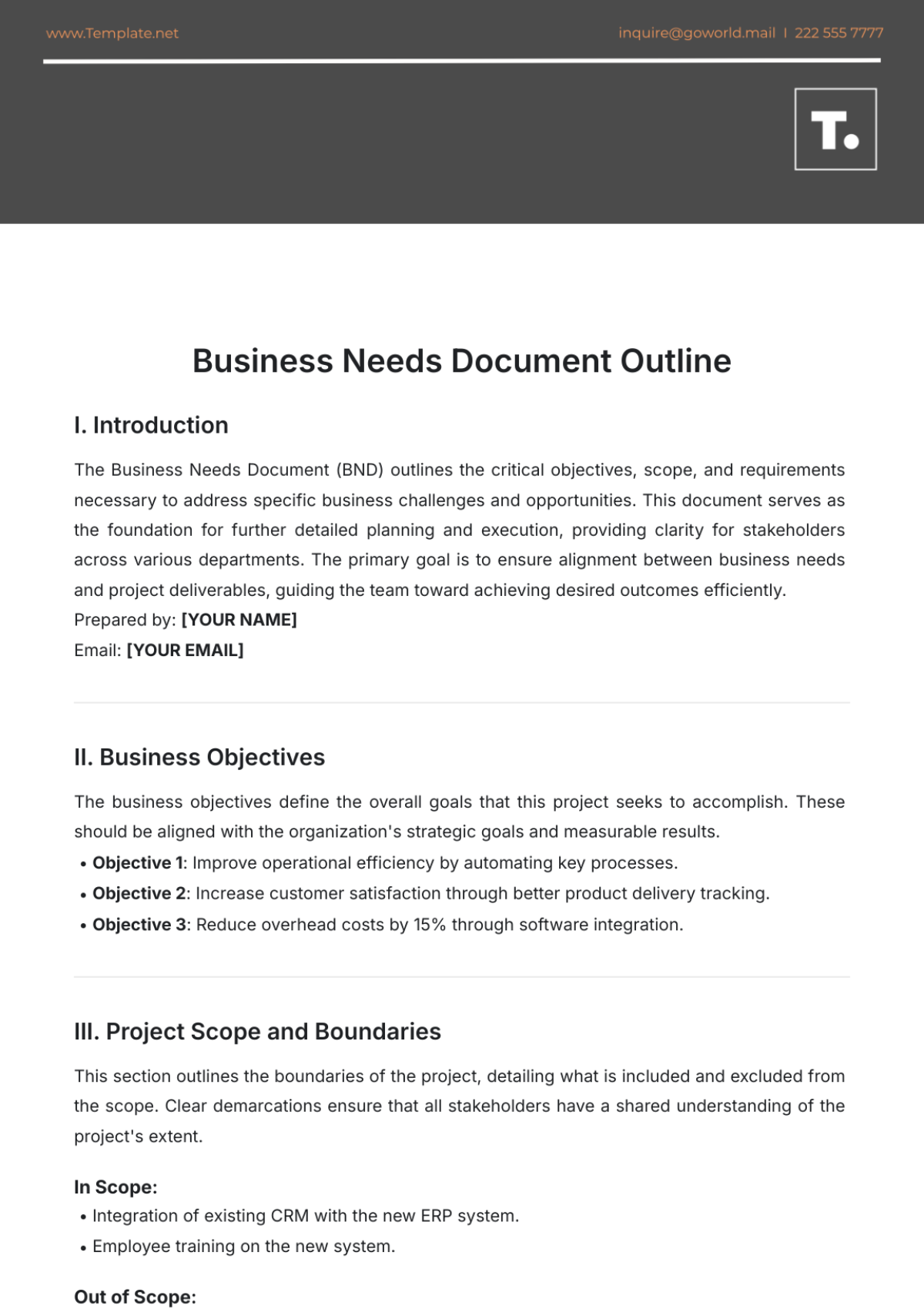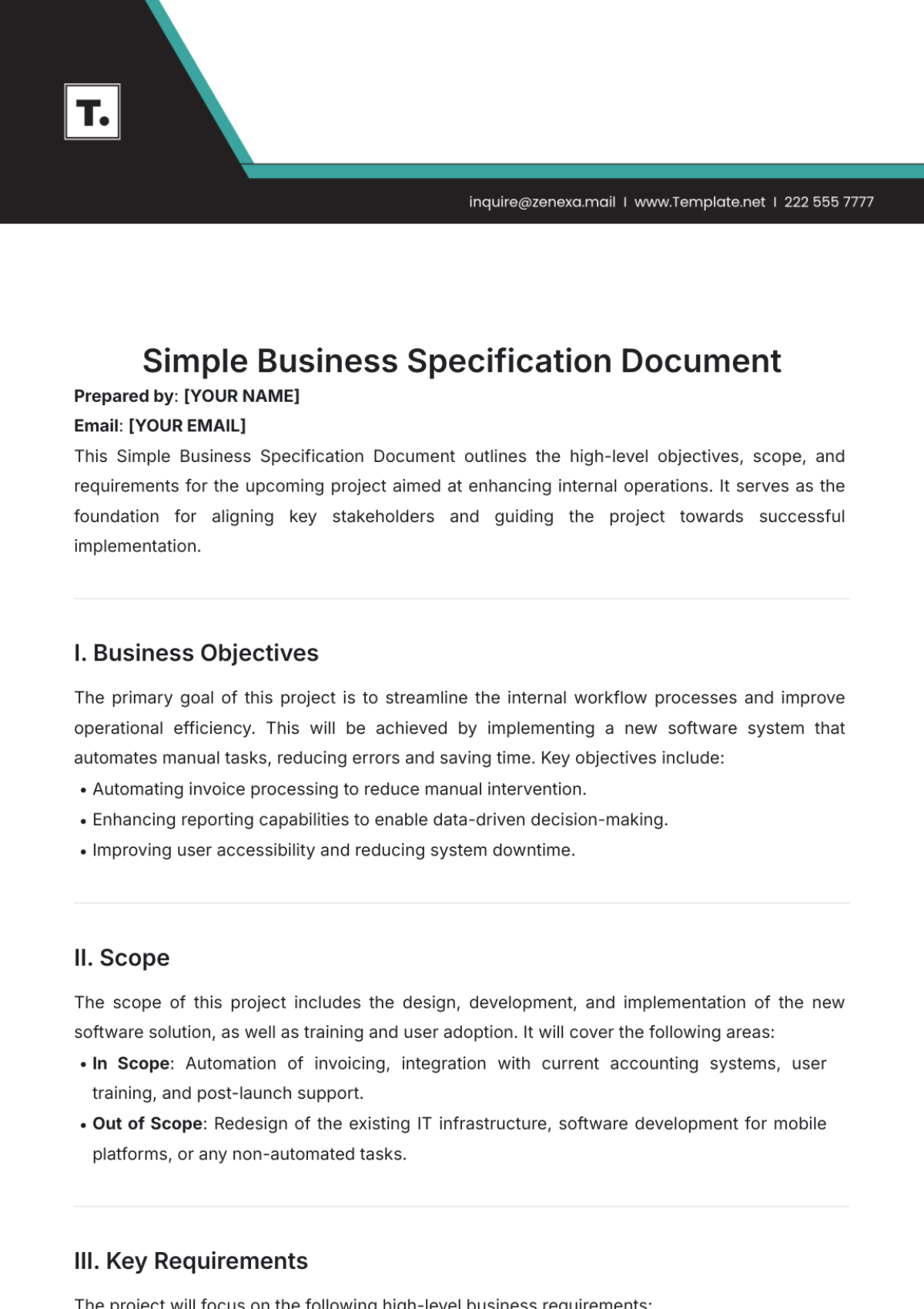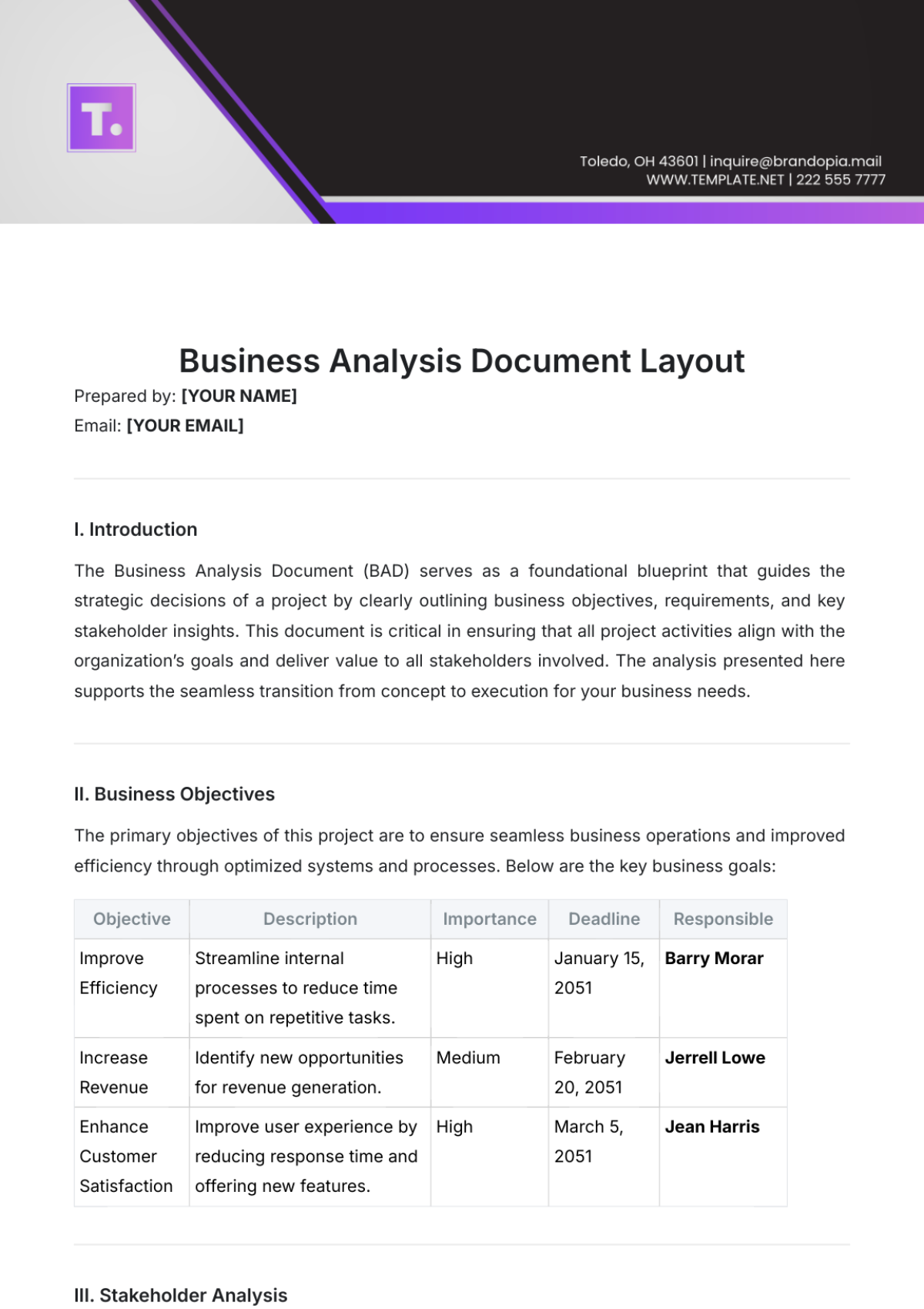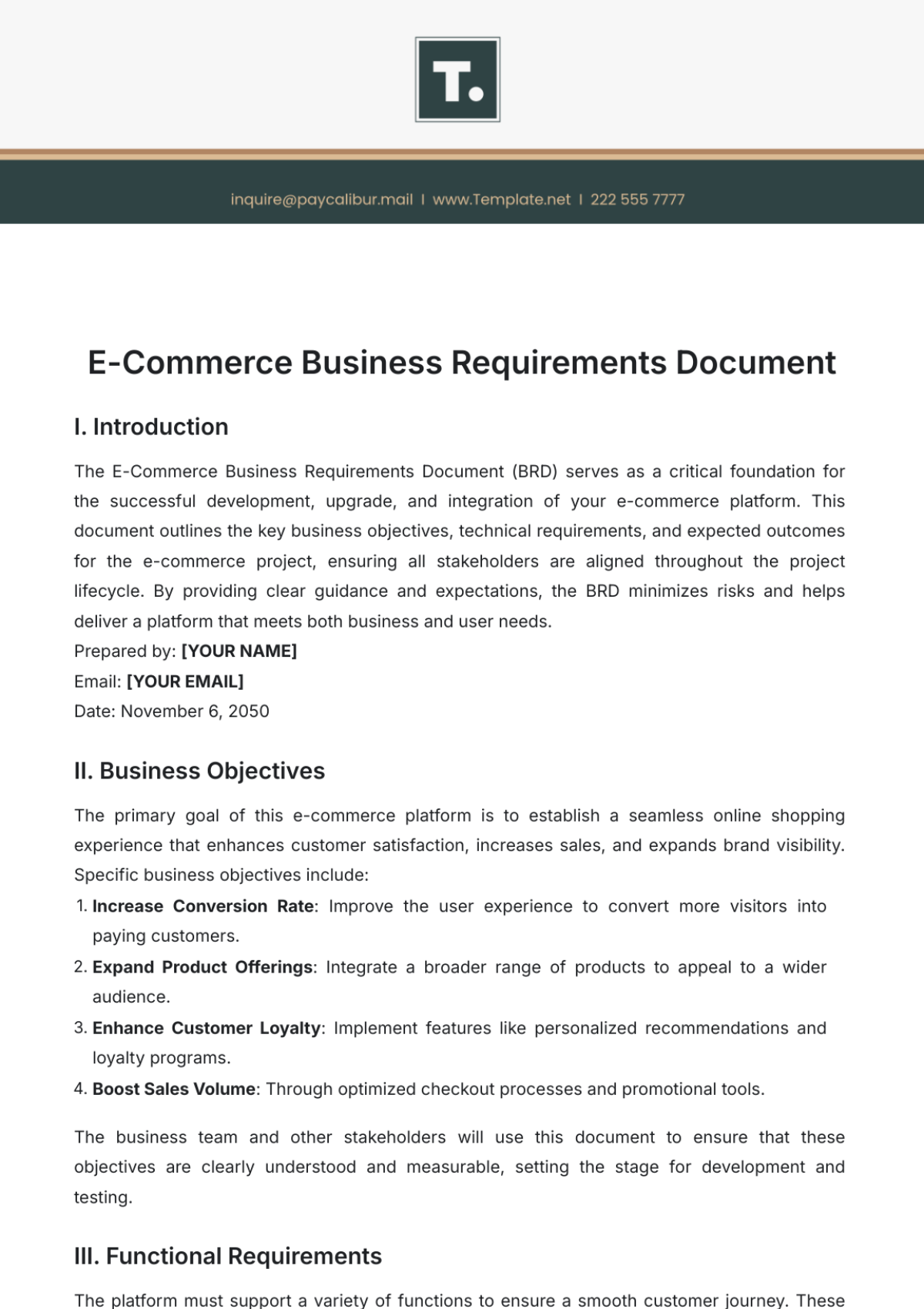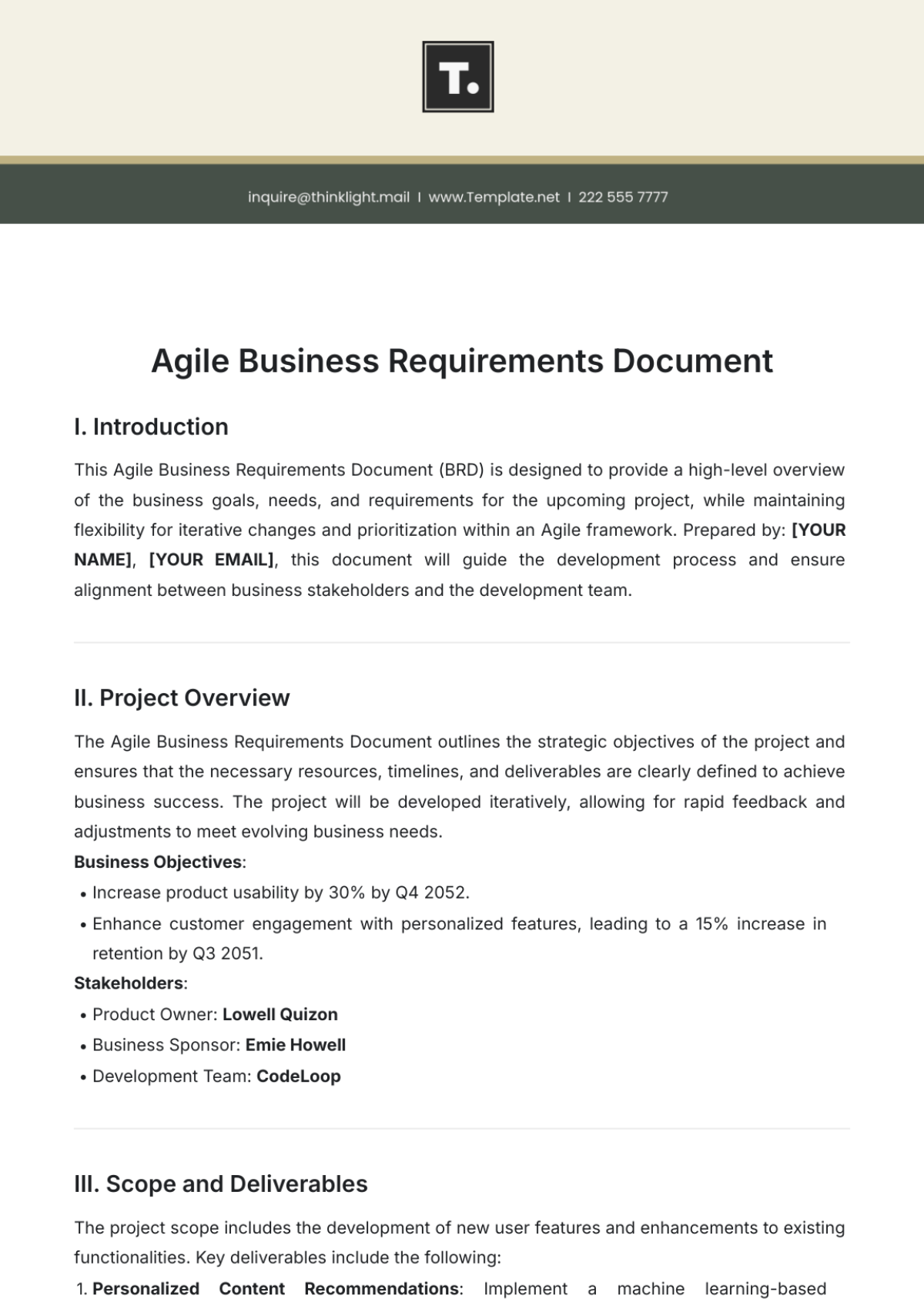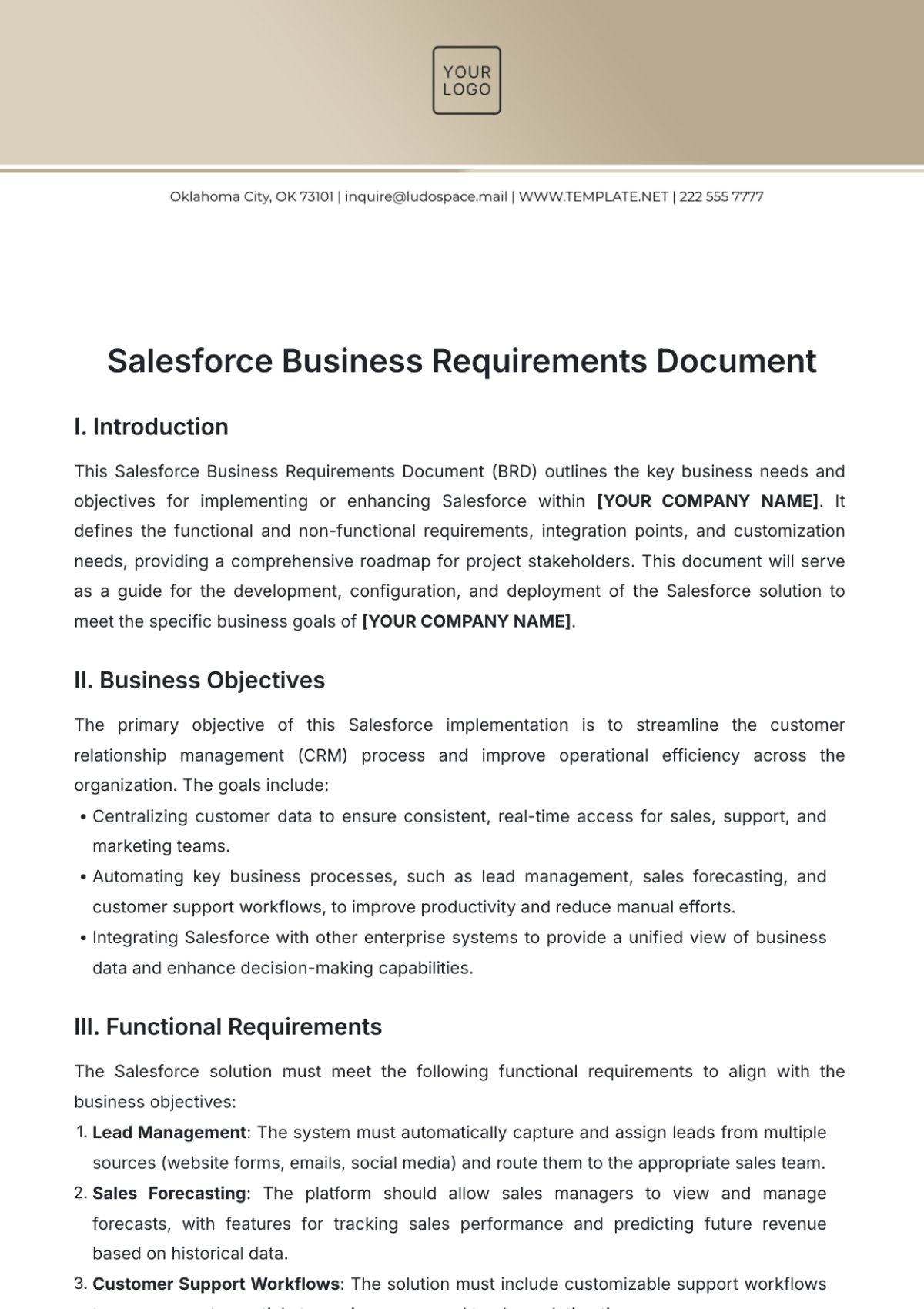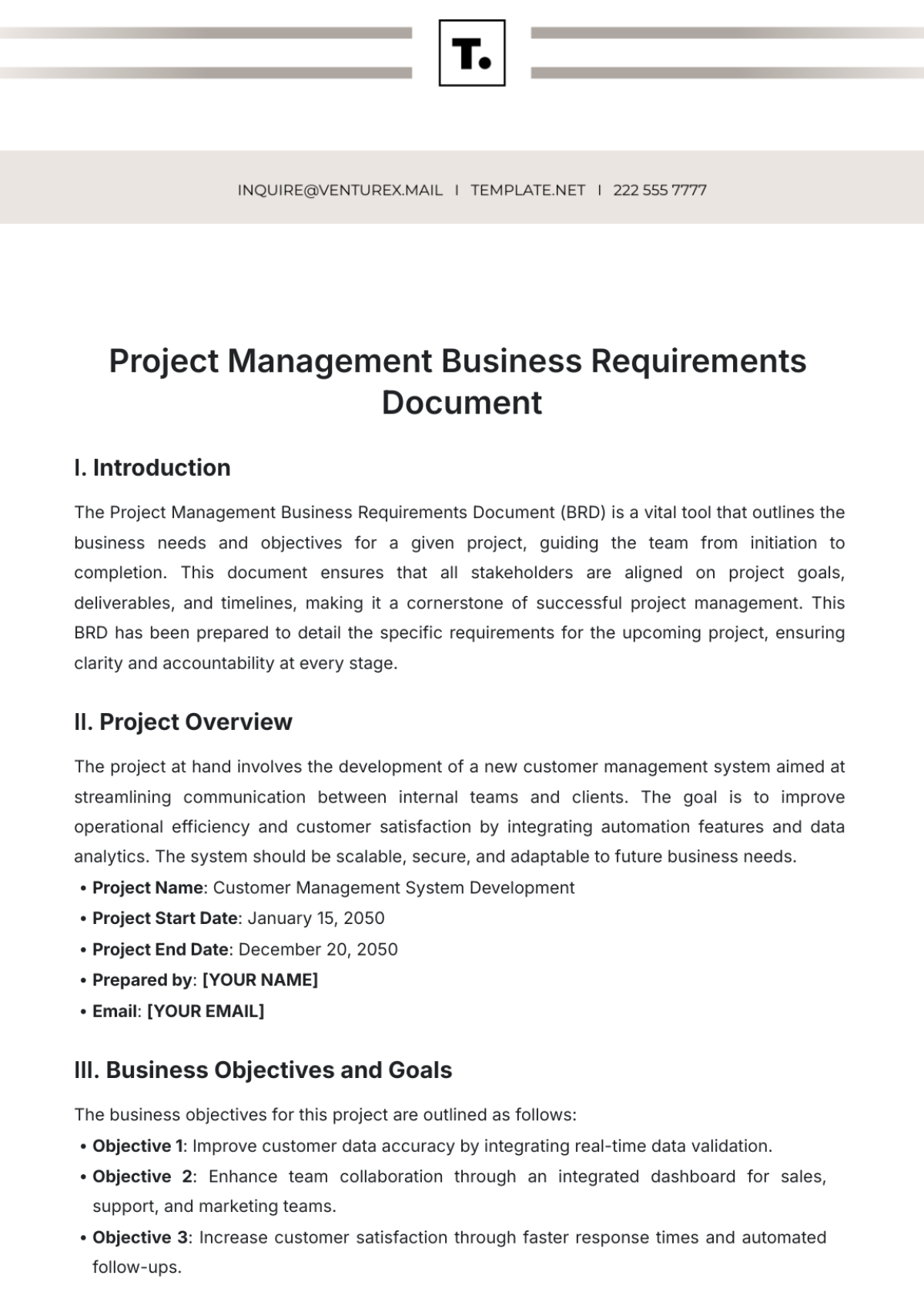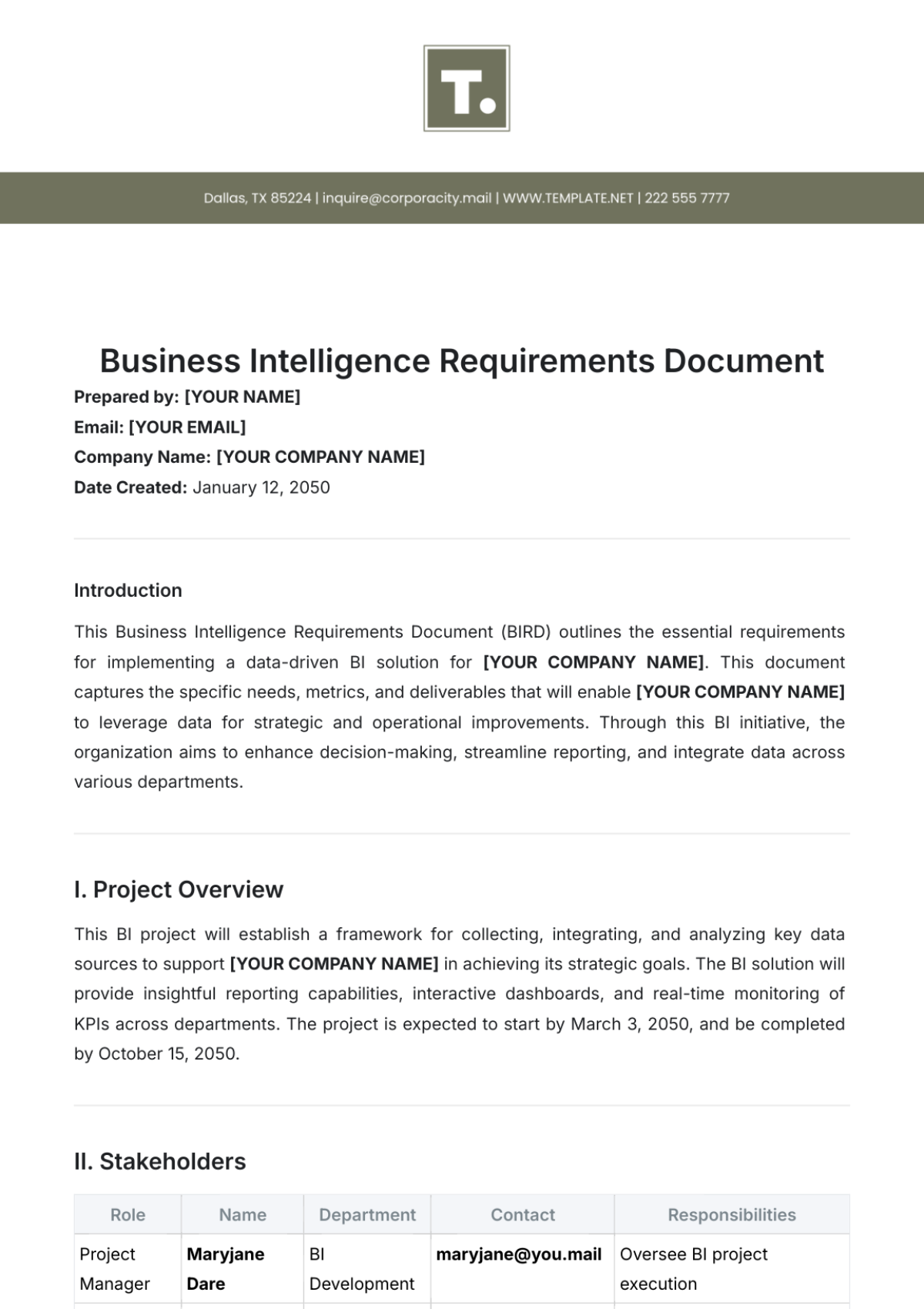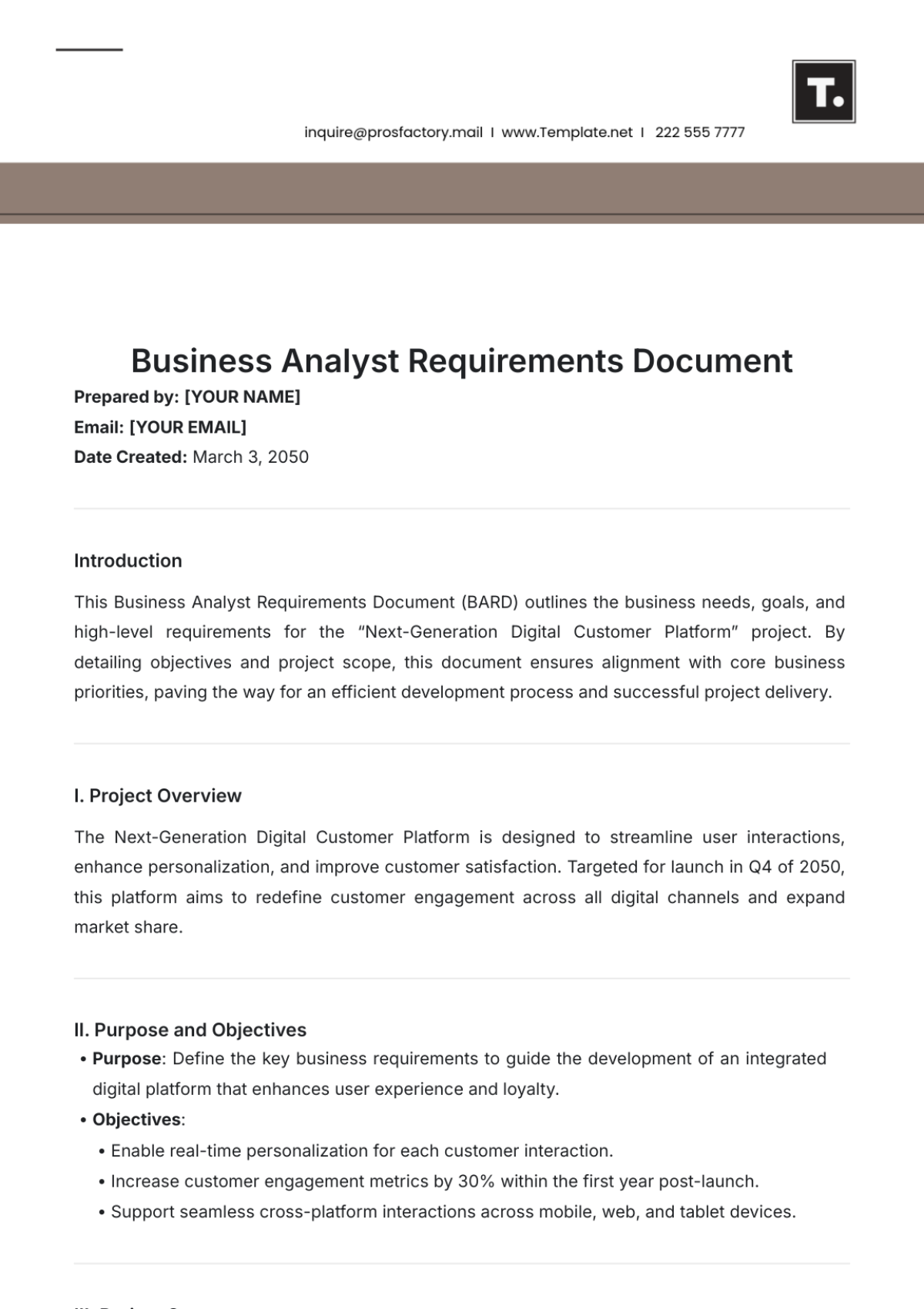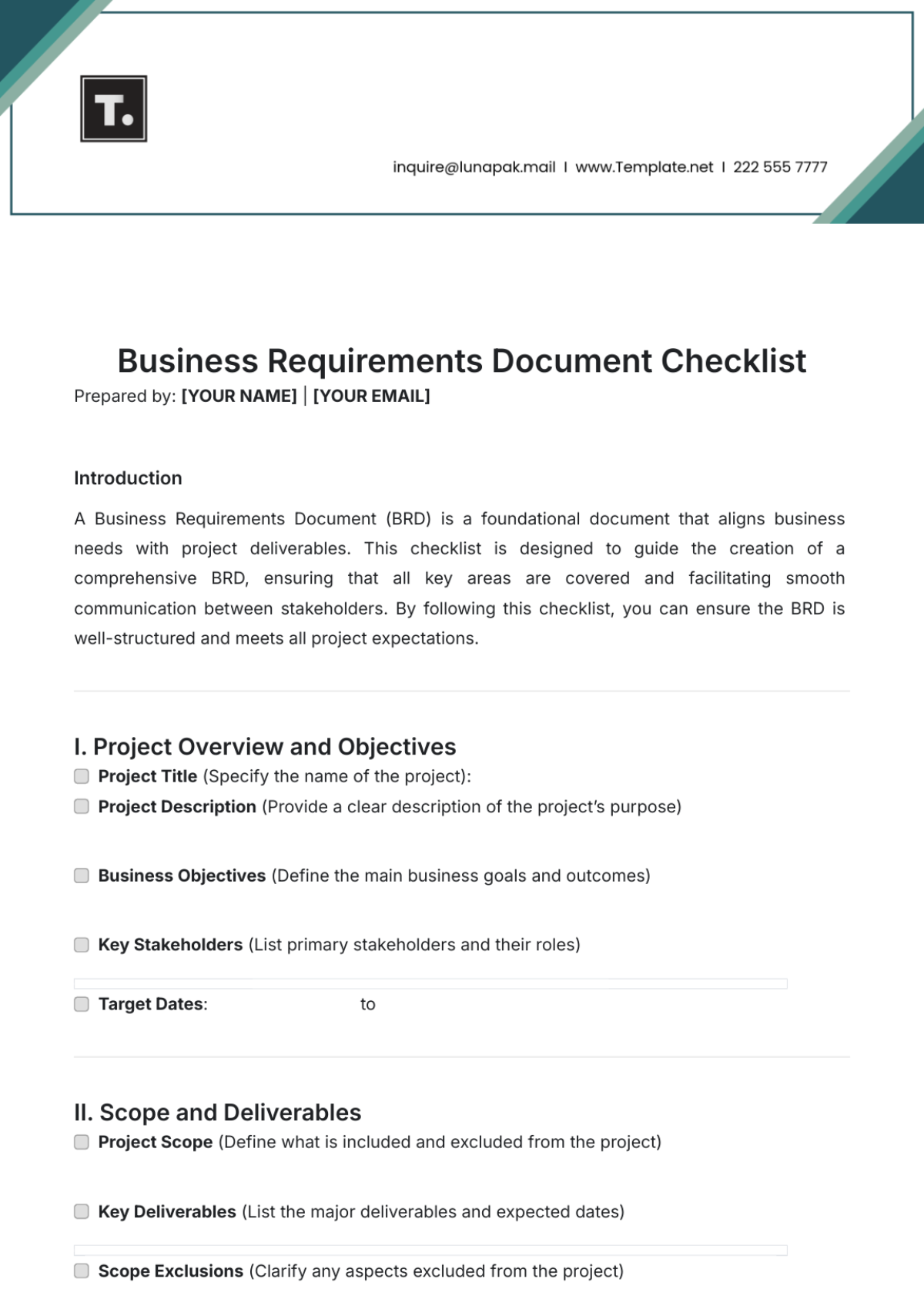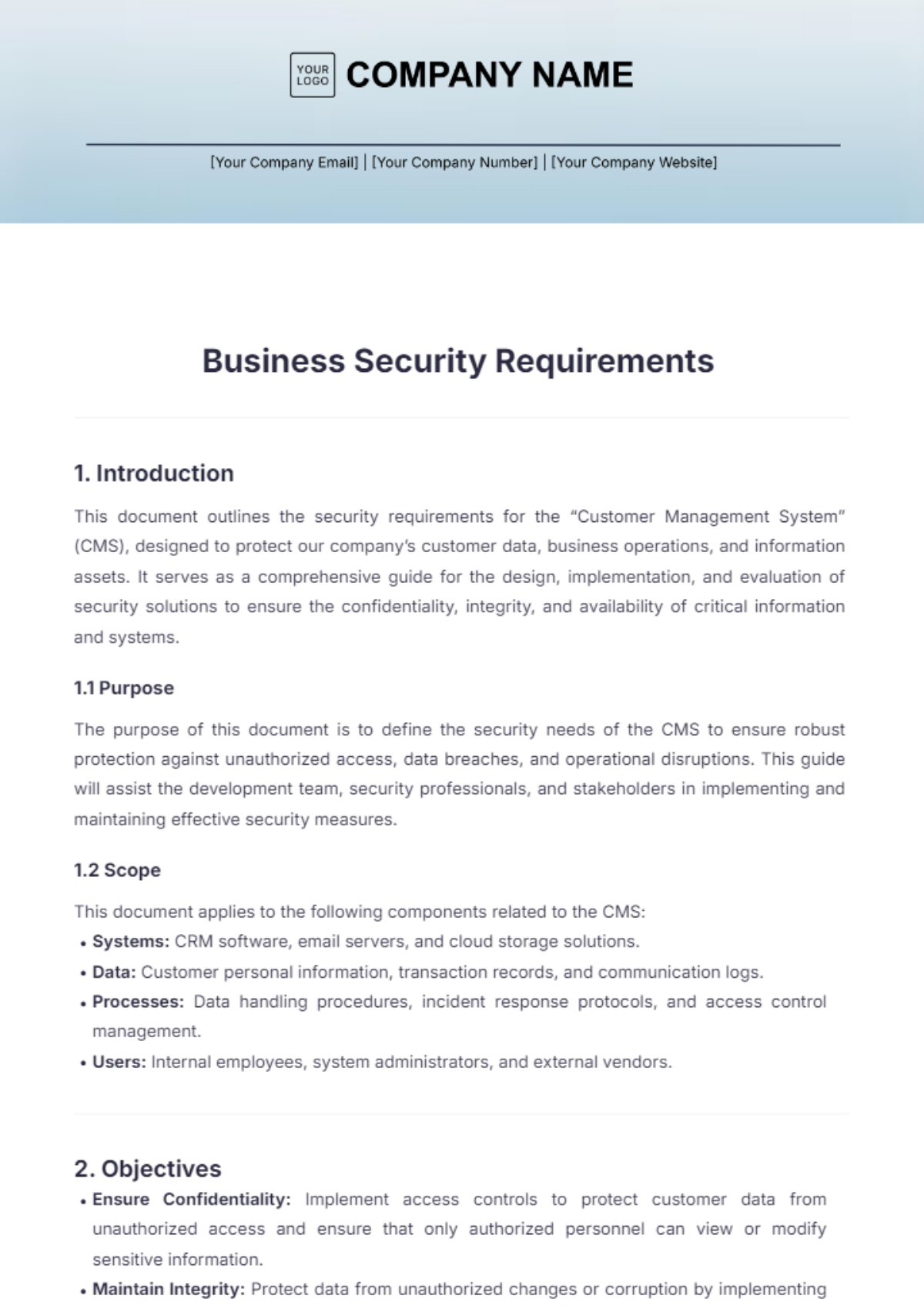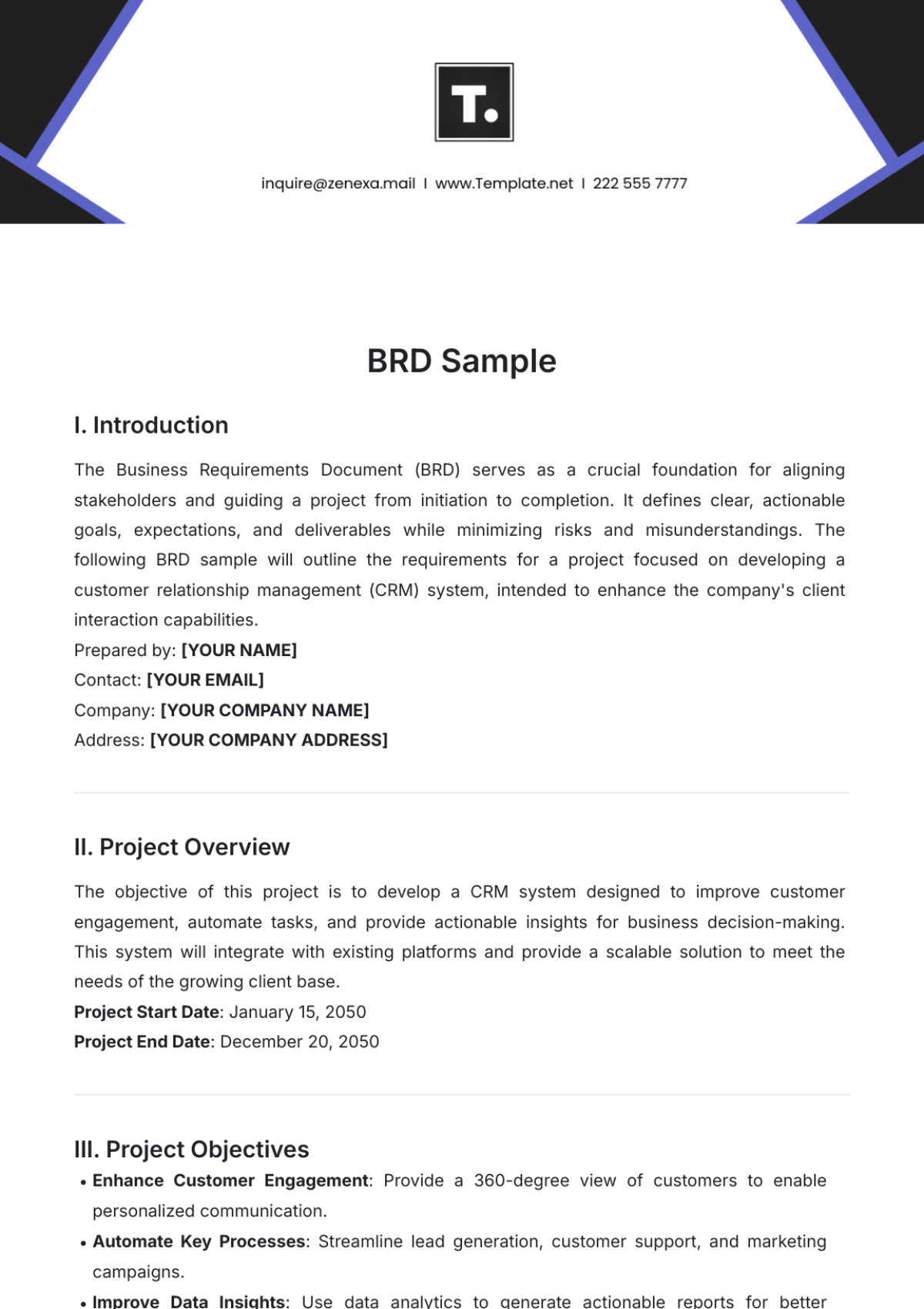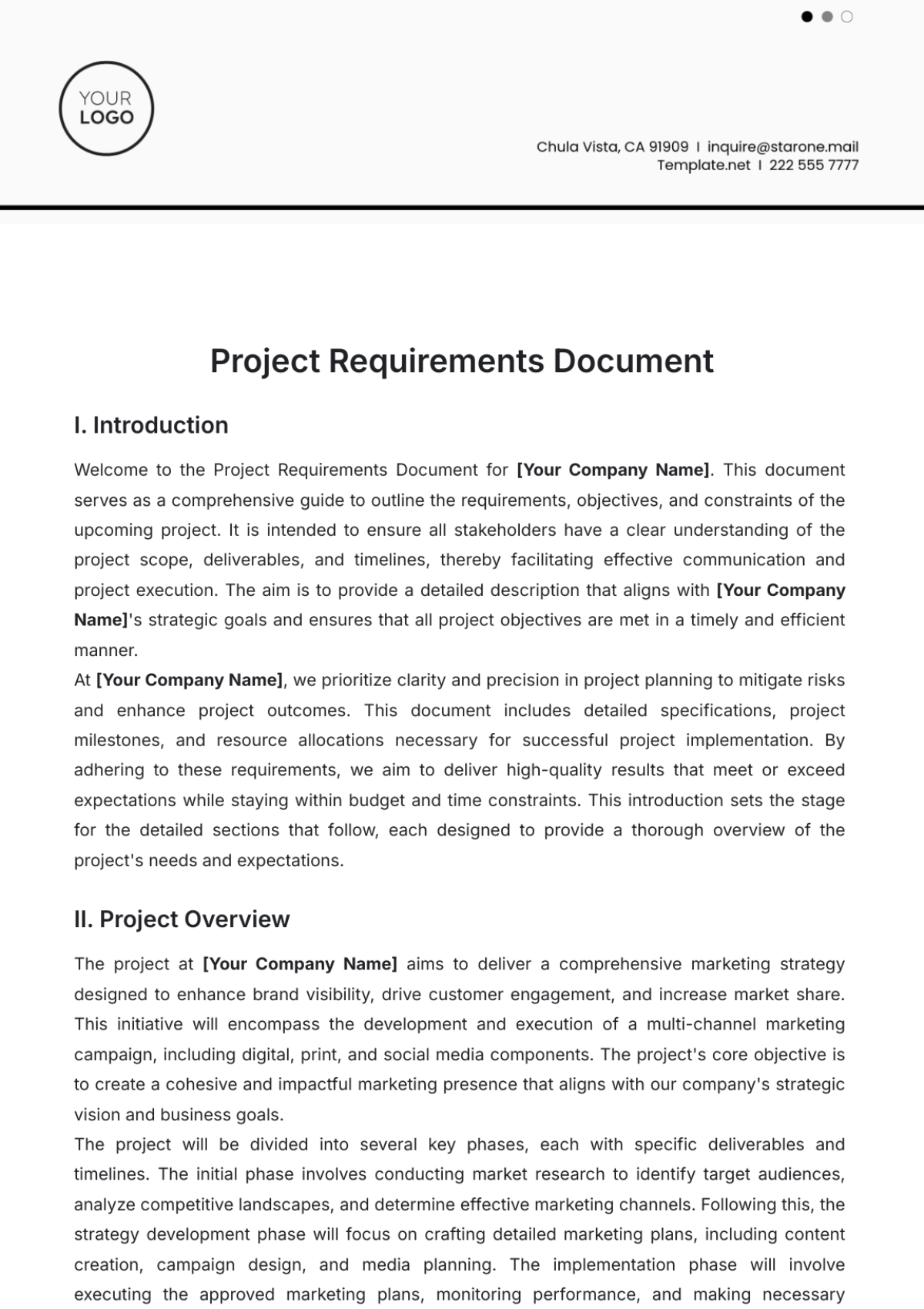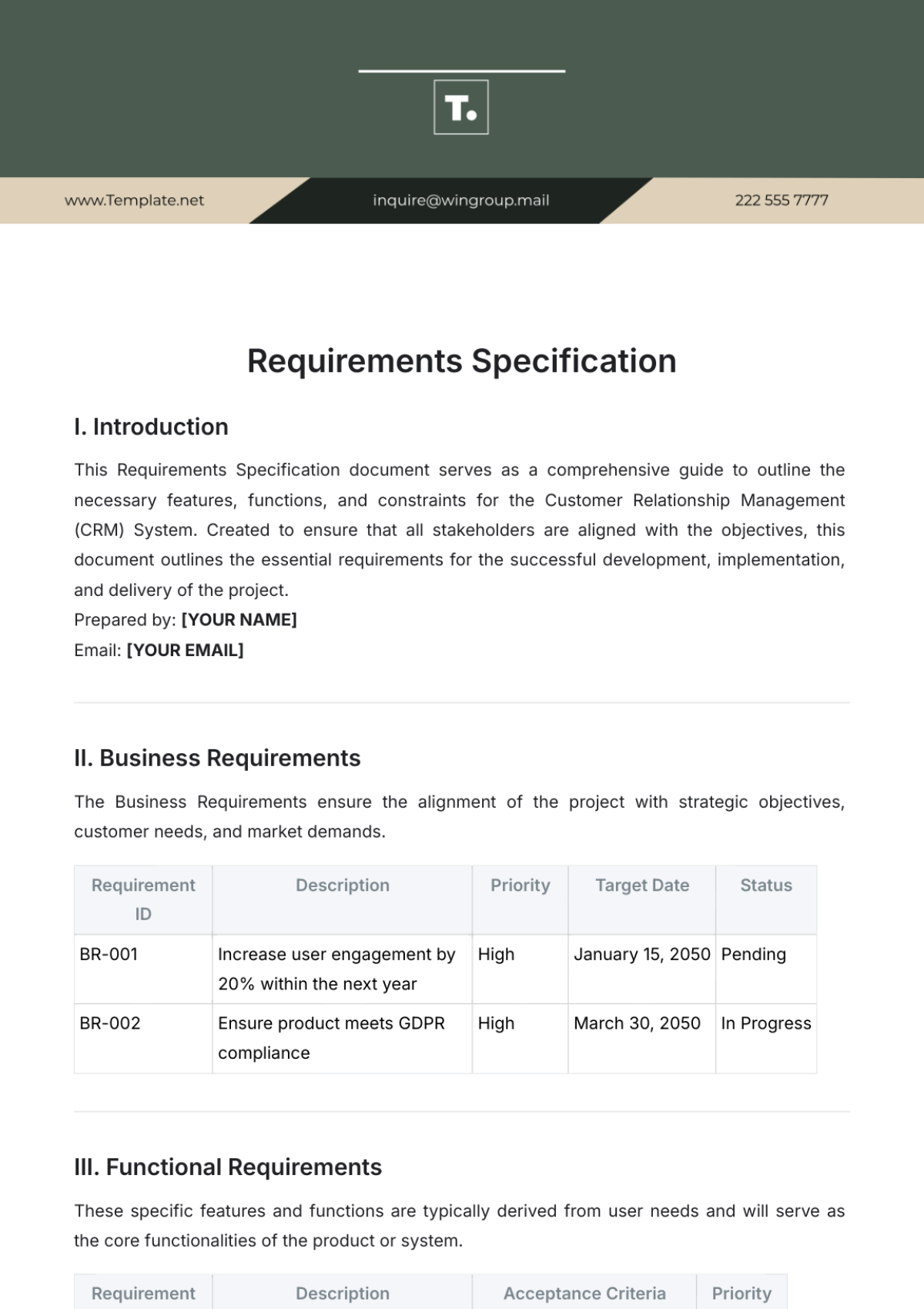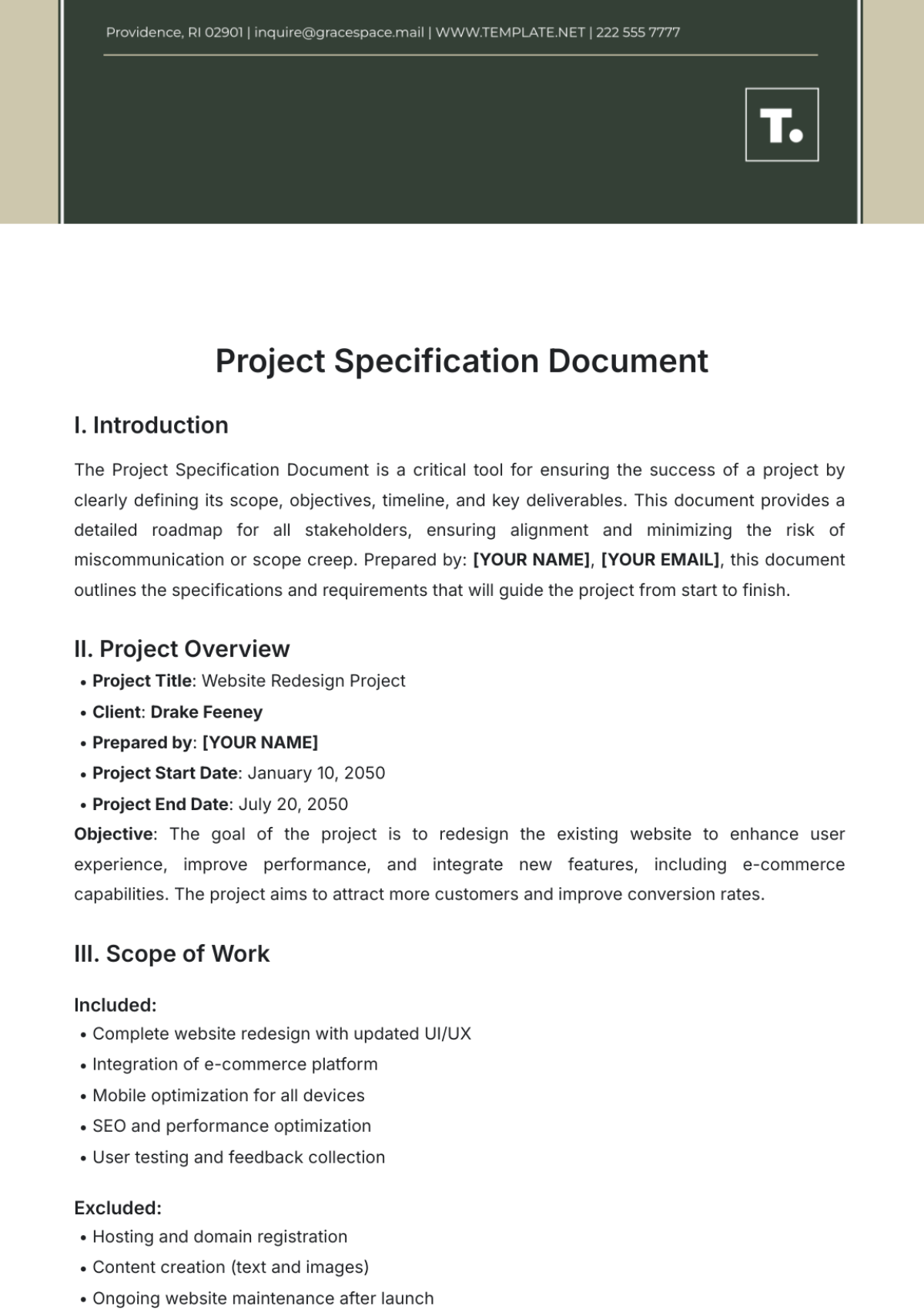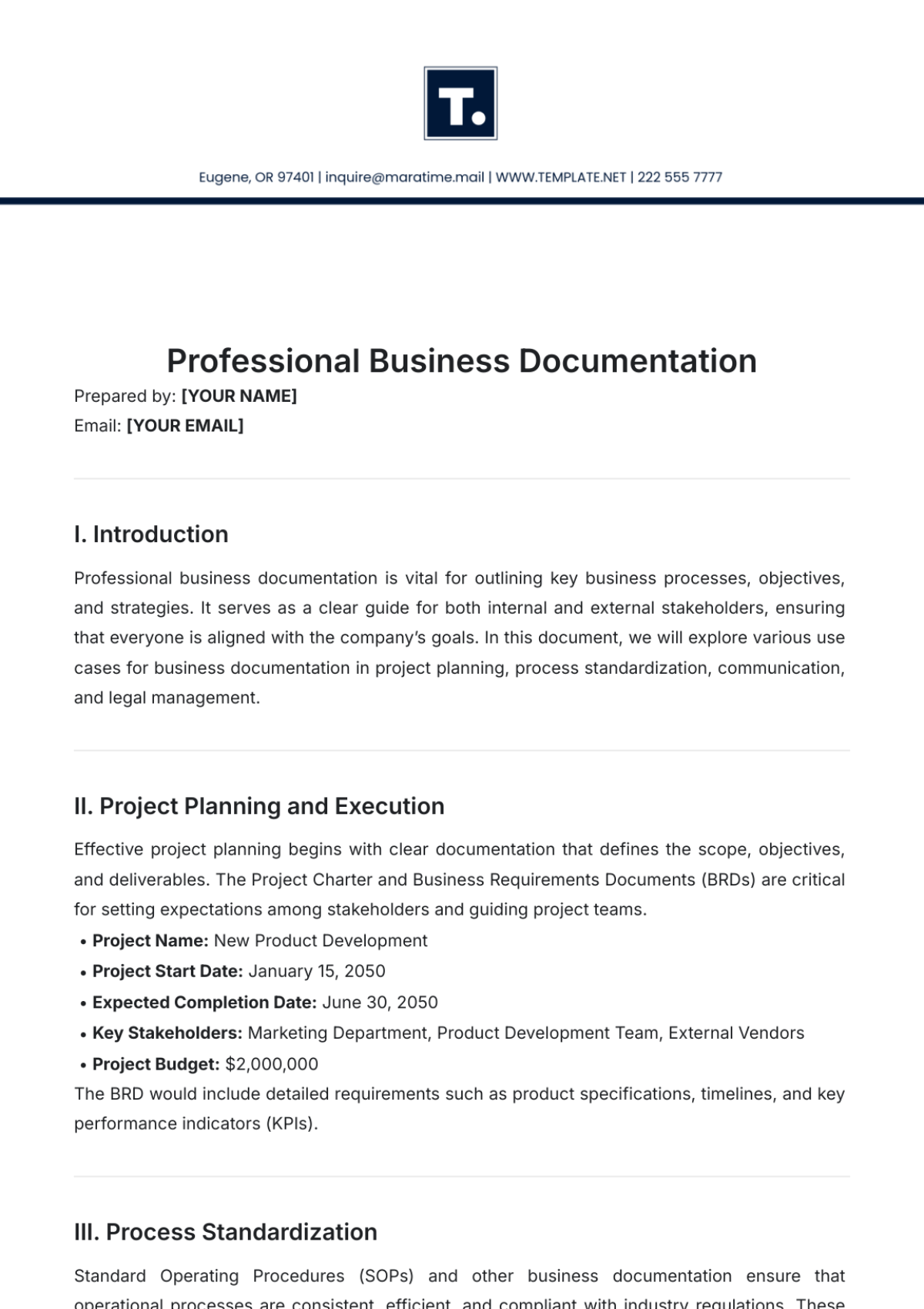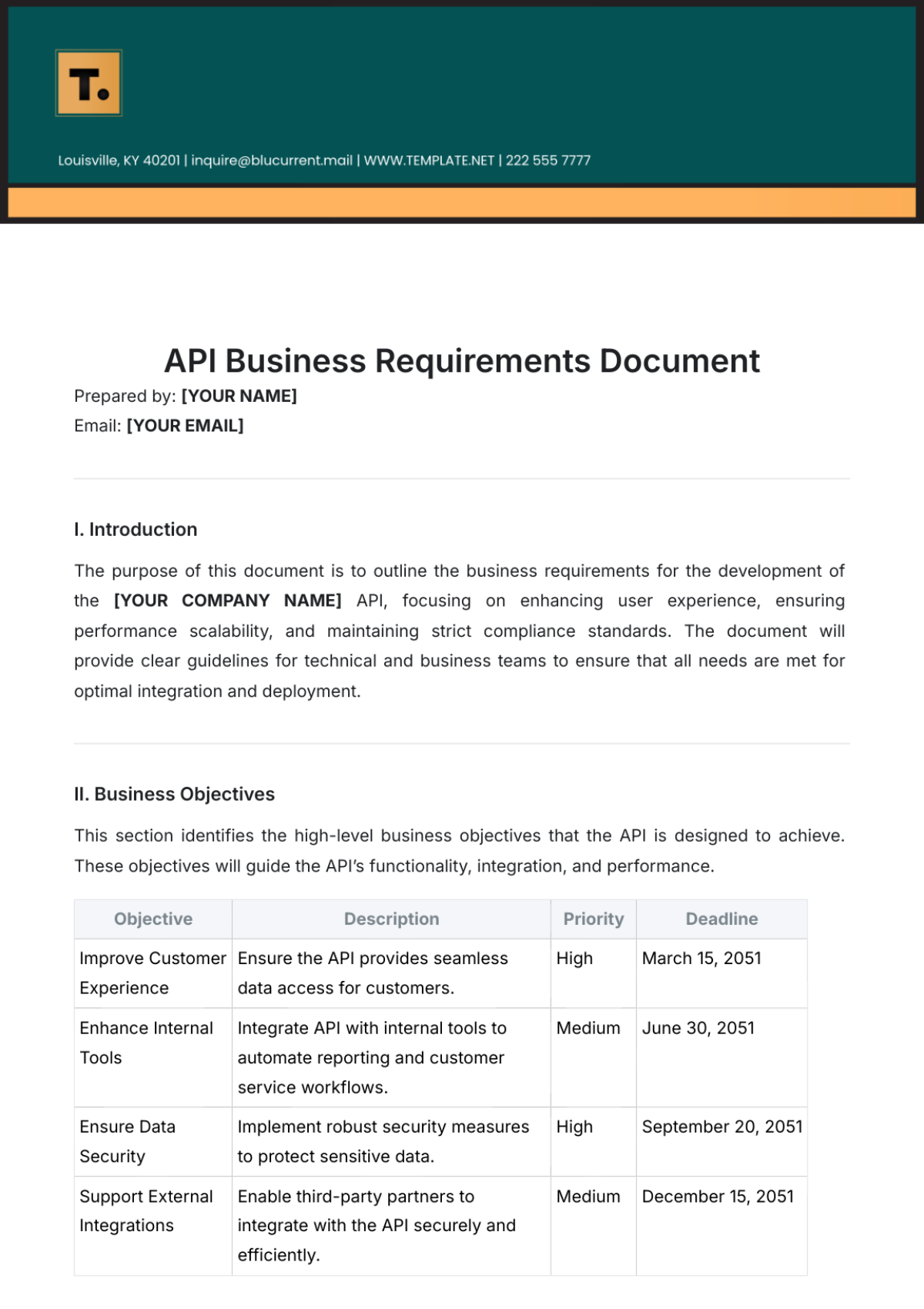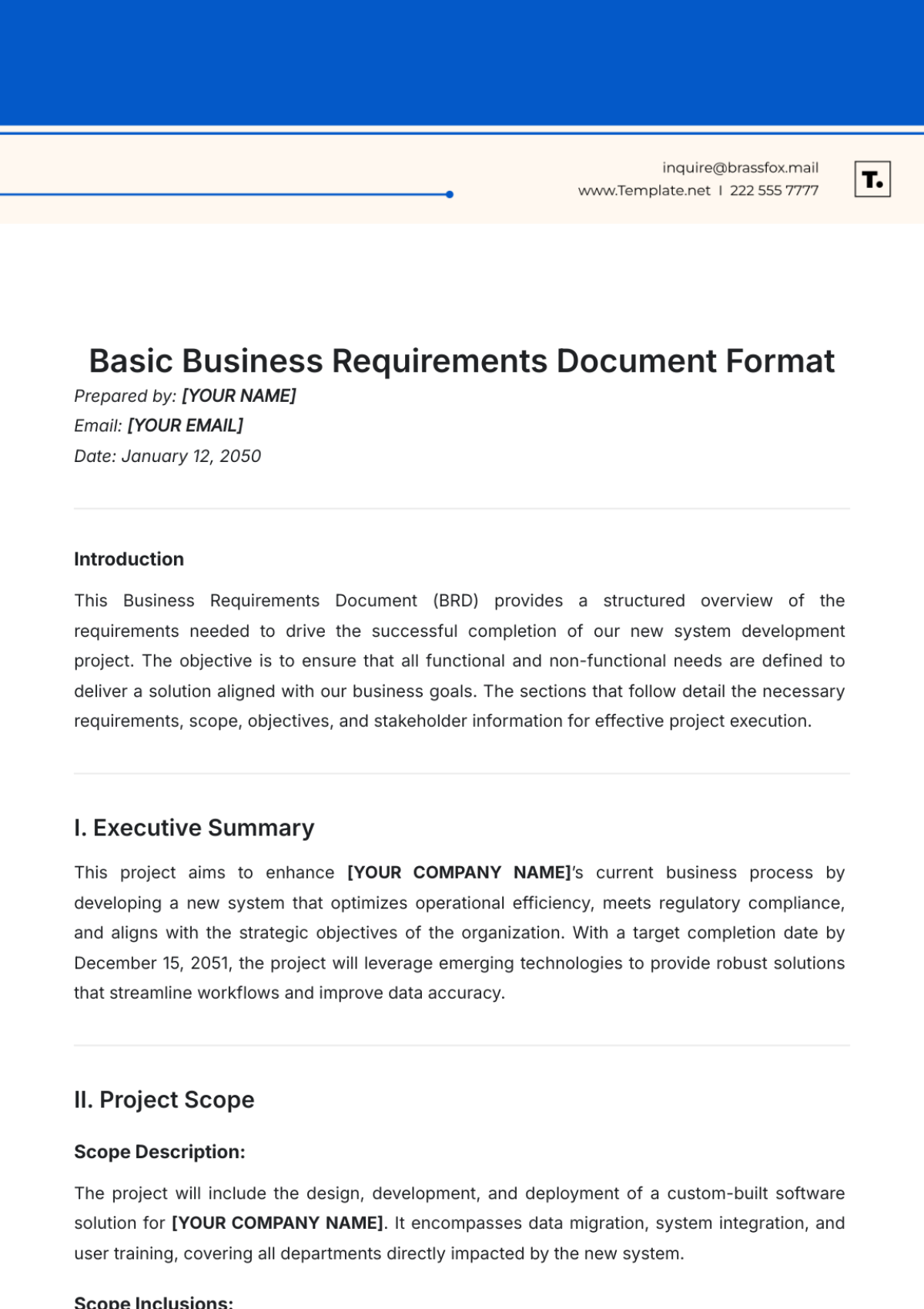Ergonomics Requirements
1. Introduction
The Ergonomics Requirements document for [Your Company Name] outlines the specifications and guidelines necessary to ensure that the product or workspace design is user-friendly, safe, and efficient. This document aims to improve user comfort, reduce strain, and prevent injuries by integrating ergonomic principles into the design process.
2. User Profile
2.1 Intended User Population
Characteristic | Details |
|---|---|
Age Range | 18-65 years old |
Gender | All genders |
Physical Abilities | Average strength and dexterity |
Height Range | 5th percentile female to 95th percentile male |
Occupation | Office workers, industrial workers, healthcare professionals, etc. |
2.2 User Needs and Limitations
Comfort: Users require a design that minimizes discomfort during prolonged use.
Accessibility: Designs must accommodate users with varying physical abilities, including those with disabilities.
Usability: The interface and controls must be intuitive and easy to use.
3. Design Criteria
3.1 Dimensions and Adjustments
Component | Dimension | Adjustment Range |
|---|---|---|
Chair Seat Height | 16-21 inches (standard) | Adjustable 4-6 inches |
Desk Height | 28-30 inches (standard) | Adjustable 22-32 inches |
Monitor Position | Eye-level ± 2 inches | Adjustable range as needed |
Work Surface Depth | 20-30 inches | Fixed or adjustable |
3.2 Safety Features
Stability: Workstations and chairs must have a stable base to prevent tipping.
Padding: Seats and backrests must have adequate padding to prevent pressure sores.
Material Safety: All materials should be non-toxic and free from harmful chemicals.
4. Performance Requirements
4.1 User Comfort
Posture Support: The design must support neutral spine alignment and reduce back strain.
Surface Comfort: Work surfaces and seating must provide sufficient cushioning to prevent discomfort.
Temperature Control: Workstations should include ventilation or climate control to maintain comfortable temperatures.
4.2 Ease of Use
Ergonomic Reach: Controls and frequently used items must be within easy reach to minimize excessive stretching or bending.
Interface Design: Interfaces must be clear and easy to navigate, with labels and instructions prominently displayed.
5. Compliance and Standards
5.1 Relevant Ergonomic Standards
ISO 9241-210: Ergonomics of human-system interaction–Human-centred design for interactive systems.
ANSI/HFES 100: Human factors engineering of computer workstations.
OSHA Guidelines: Occupational Safety and Health Administration recommendations for workstation ergonomics.
5.2 Regulatory Requirements
Local Regulations: Compliance with local occupational health and safety regulations.
Industry-Specific Standards: Adherence to industry-specific ergonomic guidelines, if applicable.
6. Testing and Evaluation
6.1 User Testing
Test Groups: Conduct testing with a diverse group of users representing the intended population.
Evaluation Methods: Use surveys, interviews, and observation to gather feedback on comfort and usability.
6.2 Performance Metrics
Metric | Description |
|---|---|
User Satisfaction | Rating of comfort and ease of use |
Error Rates | Frequency of errors or accidents during use |
Adjustment Time | Time taken to adjust settings to a comfortable position |
6.3 Feedback Integration
Iterative Design: Use feedback to make iterative improvements to the design.
Continuous Monitoring: Regularly update ergonomic requirements based on user feedback and evolving standards.
7. Conclusion
Incorporating comprehensive Ergonomics Requirements into product and workspace design is essential for enhancing user comfort, safety, and efficiency. By adhering to established standards, considering user profiles, and implementing detailed design criteria, organizations can create environments that meet diverse needs and prevent discomfort or injury. Effective testing and continuous feedback integration further ensure that ergonomic solutions remain relevant and effective over time. This approach not only improves user satisfaction but also contributes to overall productivity and well-being in both personal and professional settings.


